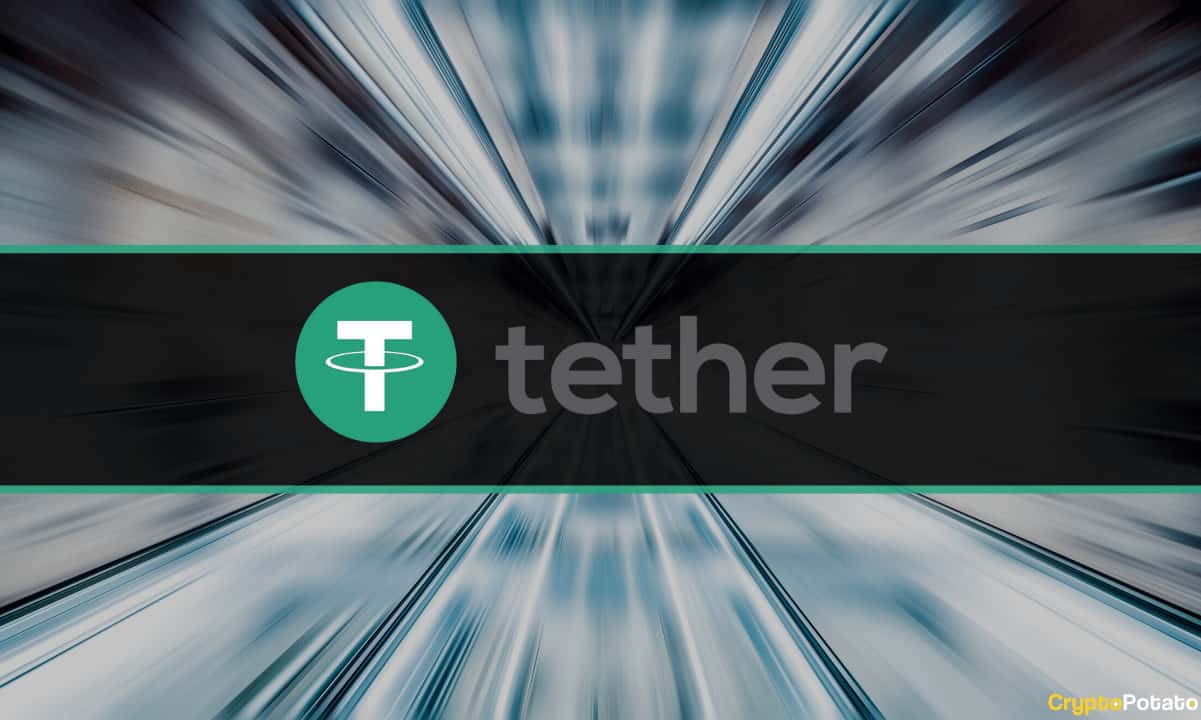Stablecoin giant Tether announced on Thursday that it has discontinued USDT support for three blockchains, on which the token “lacks significant traction.”
Those chains include Bitcoin’s Omni Layer, Bitcoin Cash’s Simple Ledger Protocol (SLP), and Kusama.
No Signs Of Omni Adoption
As explained on Tether’s website on Thursday, community interest is a “key factor” in deciding whether or not the company will bring USDT to a particular network.
“If a blockchain lacks significant traction over an extended period and shows no signs of recovery in usage indicators, maintaining support becomes inefficient and may jeopardize security and oversight,” wrote Tether.
To the firm’s dismay, this appears to be the case with Omni – a smart contract layer built on top of Bitcoin to enable smart contracts and tokenization on the network roughly a decade ago. In 2014, Omni became the “first transport layer” for Tether, playing a “crucial role” in the company’s early journey.
“Over the years, the Omni Layer faced challenges due to the lack of popular tokens and the availability of USD₮ on other blockchains,” Tether wrote. Crypto exchanges, for example, have favored other layers such as Ethereum and Tron, making USDT transfers even less popular on Omni.
Tether said it would reconsider launching USDT on Omni if there was “increased utilization” of its decentralized exchange and token issuance protocol in the future.
Bitcoin’s Future With Stablecoins
Tether hasn’t given up on Bitcoin, however: it now plans to issue USDT on RGB, an alternative smart contracts system that leverages Bitcoin’s base layer and lightning network for “unparalleled scalability.”
“We firmly believe that RGB will usher in a new era for digital assets, smart contracts, and digital rights, garnering comprehensive support from major players in our industry,” said Tether.
While USDT mints end as of today, holders of USDT on these chains will still be able to redeem their tokens for the next 12 months. They may also trade their tokens on exchanges, like Bitfiniex, for assets on other chains.
Though Omni has failed to gain adoption, numerous other initiatives for Bitcoin-based stablecoins have been launched in recent years. In May, Stably launched the first stablecoin on Bitcoin’s base layer using the BRC-20 token standard, which was developed using Ordinals technology.
The creator of BRC-20 has himself promoted Taro – a developing protocol for issuing assets on Bitcoin’s lightning network.
Binance Free $100 (Exclusive): Use this link to register and receive $100 free and 10% off fees on Binance Futures first month (terms).
PrimeXBT Special Offer: Use this link to register & enter CRYPTOPOTATO50 code to receive up to $7,000 on your deposits.














